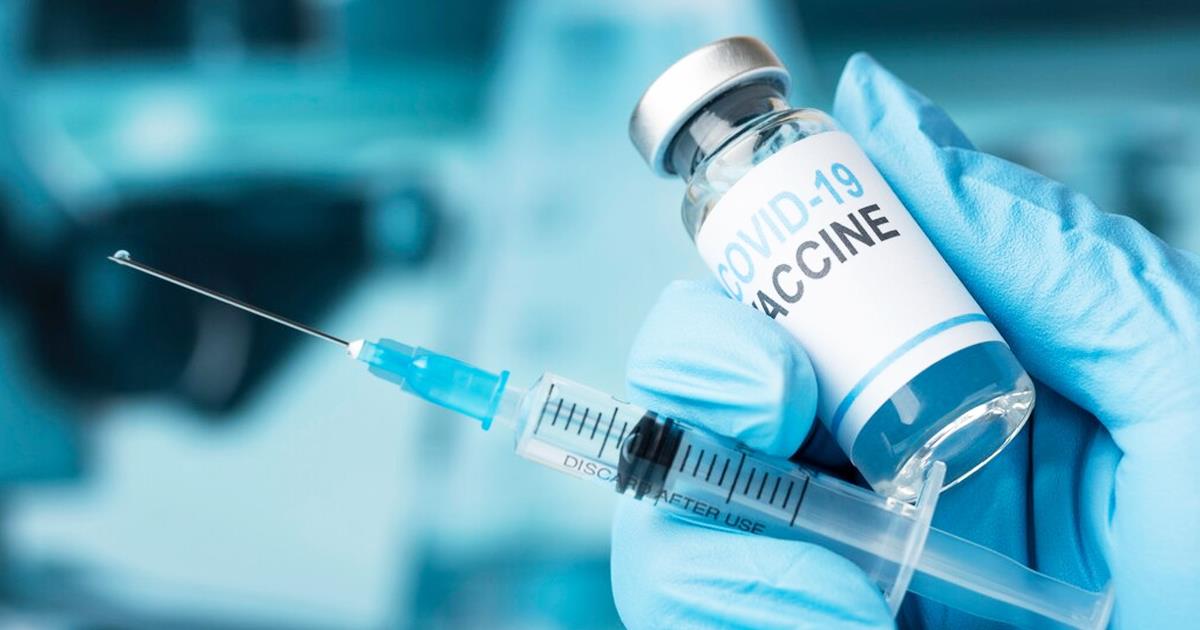SARS-CoV-2 (COVID-19) Vaccination and Compliance/Hesitancy
A special issue of Vaccines (ISSN 2076-393X). This special issue belongs to the section "COVID-19 Vaccines and Vaccination".
Deadline for manuscript submissions: closed (2 September 2023) | Viewed by 473295

Special Issue Editors
Interests: health; safety; organizational wellbeing; stress; compliance; risk perception; HCWs; careers
Special Issues, Collections and Topics in MDPI journals
Interests: risk perception and work stress; leadership; climate and outcomes; selection procedures and recruitment
Special Issues, Collections and Topics in MDPI journals
Special Issue Information
Dear Colleagues,
It has been demonstrated that vaccination of health professionals against COVID-19 is effective in reducing the incidence of the disease among health professionals, saving financial resources and preventing mortality among patients; vaccination is also included in the prevention plans for the pandemic. The aim of this Special Issue is to identify what factors, such as stress, influence workers’ compliance and can guide management communication strategies relating to prevention plans for vaccination against COVID-19.
Prof. Tiziana Ramaci
Dr. Massimiliano Barattucci
Guest Editor
Manuscript Submission Information
Manuscripts should be submitted online at www.mdpi.com by registering and logging in to this website. Once you are registered, click here to go to the submission form. Manuscripts can be submitted until the deadline. All submissions that pass pre-check are peer-reviewed. Accepted papers will be published continuously in the journal (as soon as accepted) and will be listed together on the special issue website. Research articles, review articles as well as short communications are invited. For planned papers, a title and short abstract (about 250 words) can be sent to the Editorial Office for assessment.
Submitted manuscripts should not have been published previously, nor be under consideration for publication elsewhere (except conference proceedings papers). All manuscripts are thoroughly refereed through a single-blind peer-review process. A guide for authors and other relevant information for submission of manuscripts is available on the Instructions for Authors page. Vaccines is an international peer-reviewed open access monthly journal published by MDPI.
Please visit the Instructions for Authors page before submitting a manuscript. The Article Processing Charge (APC) for publication in this open access journal is 2700 CHF (Swiss Francs). Submitted papers should be well formatted and use good English. Authors may use MDPI's English editing service prior to publication or during author revisions.
Keywords
- SARS-CoV-2
- COVID-19
- vaccination
- stress
- emotion
- resilience
- trust in vaccine
- compliance
- communication
- engagement
- work
- pandemic
Benefits of Publishing in a Special Issue
- Ease of navigation: Grouping papers by topic helps scholars navigate broad scope journals more efficiently.
- Greater discoverability: Special Issues support the reach and impact of scientific research. Articles in Special Issues are more discoverable and cited more frequently.
- Expansion of research network: Special Issues facilitate connections among authors, fostering scientific collaborations.
- External promotion: Articles in Special Issues are often promoted through the journal's social media, increasing their visibility.
- Reprint: MDPI Books provides the opportunity to republish successful Special Issues in book format, both online and in print.
Further information on MDPI's Special Issue policies can be found here.







